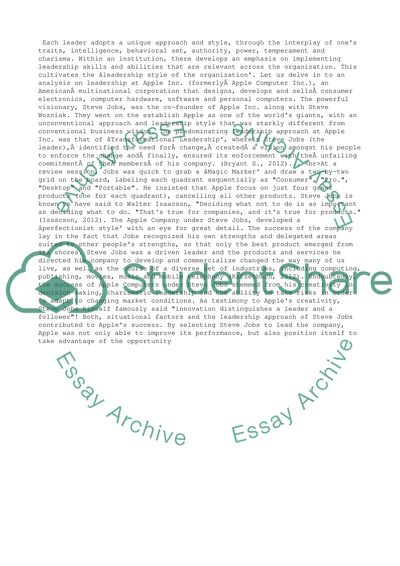Cite this document
(“Principles and Practices of Effective Leadership (Apple Inc) Essay”, n.d.)
Retrieved from https://studentshare.org/management/1404367-principles-and-practices-of-effective-leadership-apple-inc-leadership-portfolio
Retrieved from https://studentshare.org/management/1404367-principles-and-practices-of-effective-leadership-apple-inc-leadership-portfolio
(Principles and Practices of Effective Leadership (Apple Inc) Essay)
https://studentshare.org/management/1404367-principles-and-practices-of-effective-leadership-apple-inc-leadership-portfolio.
https://studentshare.org/management/1404367-principles-and-practices-of-effective-leadership-apple-inc-leadership-portfolio.
“Principles and Practices of Effective Leadership (Apple Inc) Essay”, n.d. https://studentshare.org/management/1404367-principles-and-practices-of-effective-leadership-apple-inc-leadership-portfolio.


